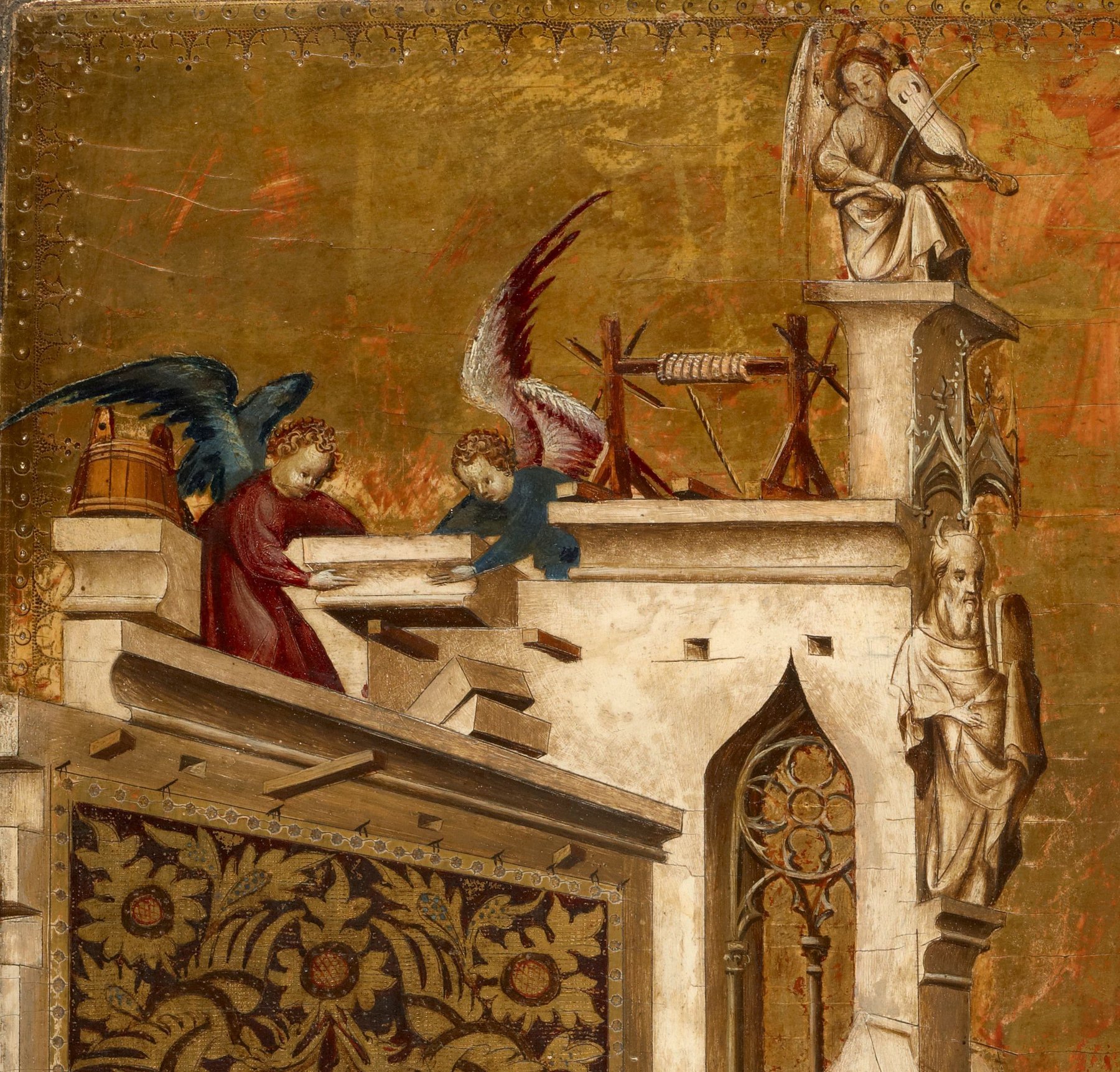C. Mind and matter
The essays in this lead topic demonstrate in different ways how music brought together practical, material and theoretical thinking. Organ-building and organ music, which required technical as well as mathematical skills, were extensively promoted in Austria; from Paul Hofhaimer (1459–1537) onwards, local organists were also celebrated composers. Musicians from the region came from the 14th century in contact with music in the western European styles of “Ars antiqua” and “Ars nova” (13th and 14th centuries) of which surprisingly many vestiges have been uncovered in the holdings of Austrian libraries today. In Austria, too, traditional music theory aimed at teaching plainchant was expanded to include the principles of mensural, polyphonic music, whereby theorists from Bohemia played a godfatherly role. The numerous depictions of angel consorts in the region could be considered iconographic evidence of the cultivation of instrumental music - but their theological and artistic contexts must be taken into account. Notations of polyphonic music in Viennese sources from around 1440 follow local as well as supraregional notational principles, providing information about the training and working methods of their users. The same sources allow an insight into compositional processes, even possibly into the tricks of the trade of musical “workshops”.
Verkündigung Mariens (Detail). Meister von Heiligenkreuz (um 1380). Teil eines Diptychons. Aus Stift Heiligenkreuz. © Kunsthistorisches Museum Wien, mit Genehmigung.Die Mithilfe der Engel am Kirchenbau, und ihre musikalische Praxis, verbindet diese materiellen Künste mit dem von Gott geordneten Kosmos.
Abb. Engel beim Kirchenbau
The texts marked with * are not yet available online.
- Orgeln und Orgelmusik in der Region Österreich
- Die Überlieferung der Musik für Tasteninstrumente (1400-1520)
- Ars antiqua und Ars nova: Unbenutzte Fragmente - praktische Vorbilder?*
- Spekulative Musiktheorie und Chorallehre
- Engelsmusik in der Region Österreich, ihre Repräsentationsleistungen – und die Grenzen der musikalischen Ikonographie
- Organisten und Kopisten
- Kompositorische Lernprozesse*
- Medien mehrstimmiger Vokalmusik um 1500 (am Beispiel von Jacob Obrechts Missa Salve diva parens)
